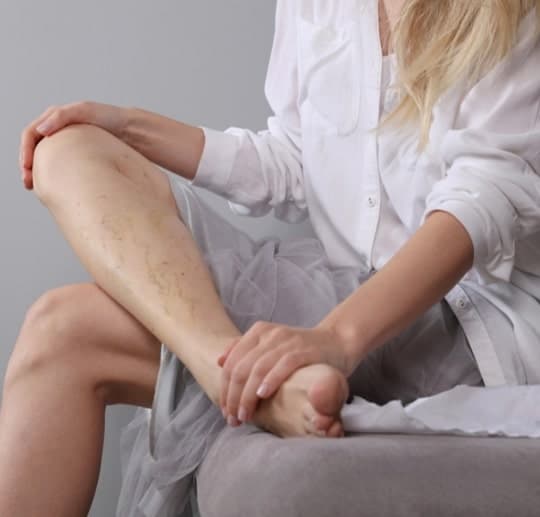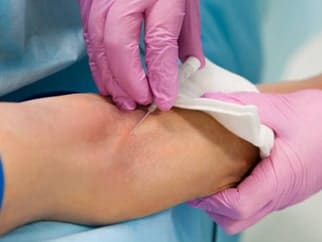Living With and Treating Peripheral Artery Disease
Peripheral Artery Disease (PAD) is a common yet dangerous illness that affects almost one out of every five Americans aged 65 and up. PAD is a cardiovascular illness in which blood flow to the extremities is reduced by blocked or stenotic (narrowed) arteries, most commonly the legs and feet.
The arteries that feed blood to the legs might narrow over time as a result of fatty plaque formation, which stops or restricts blood flow and makes walking unpleasant.
PAD symptoms include:
- After walking or ascending steps, you have a painful cramp in your buttocks, thighs, or legs that goes away when you relax (also called intermittent claudication)
- Ulcers or sores on your feet or legs that don’t heal
- Numbness or weakness in the legs
- Lower legs or feet that are cold
PAD is a serious condition, but medication and lifestyle adjustments can help to delay or stop the disease’s course and prevent subsequent problems. Exercising and quitting smoking are two examples of lifestyle improvements that are recommended in the early stages of PAD treatment.


If you’re having PAD symptoms, such as chronic ulcers or sores on your feet, see your doctor right once. The sooner you are diagnosed with PAD and begin treatment, the lesser your chances of the illness worsening, leaving amputation as the sole alternative if left untreated.







